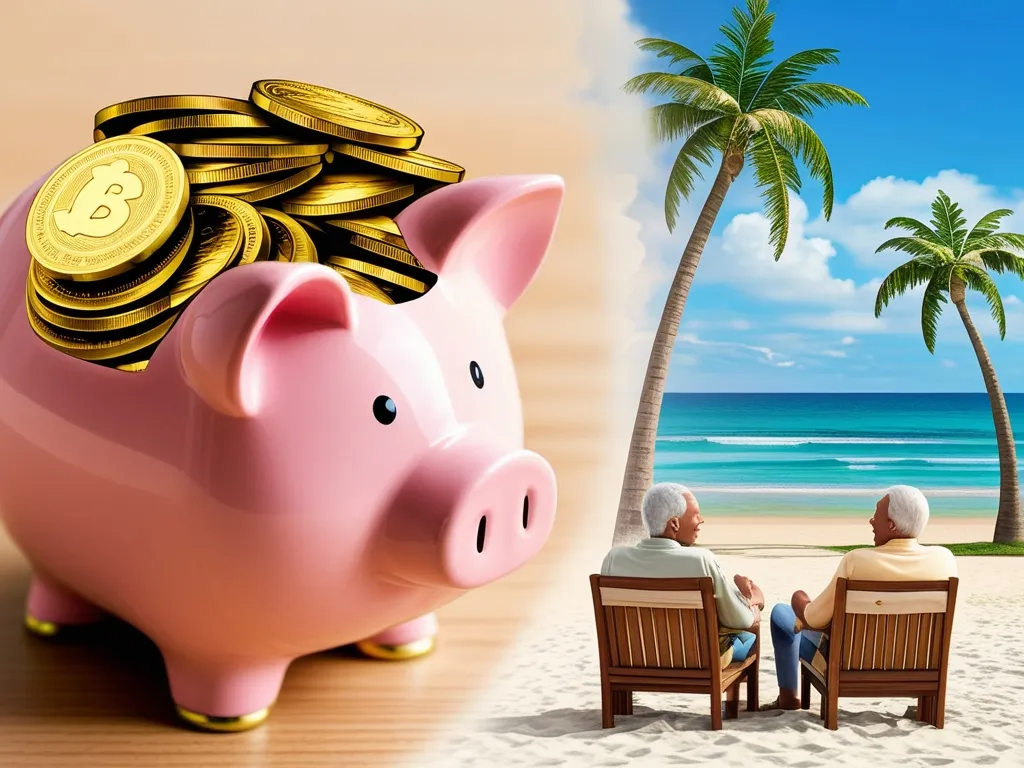Imagine one of the richest countries in the world, but it isn’t in Europe or some other expected place. It’s Nauru, a tiny island in Micronesia, northeast of Australia. For a while, Nauru was the second richest country on Earth, but then it all crumbled apart. Wonder how?
Back in its heyday, Nauru had a GDP per capita of about $50,000, which was way richer than Switzerland or the United States. The residents enjoyed lavish lifestyles with luxury cars, expensive holidays, and properties all over the globe. And, the best part was almost all basic necessities like electricity, education, and healthcare were free. Being a Nauruan meant living in luxury without a worry.
But in the ’90s, everything went south. By the new millennium, the GDP per capita had plummeted drastically. What led to this dramatic downfall in just one generation?
Historically, Nauru’s few tribes lived harmoniously with nature, taking only what they needed. Life was peaceful until Europeans arrived. On November 8th, 1798, a British ship named the island “Pleasant Island.” Eventually, Europeans, many of whom were fugitives, came and ruled the beaches brutally. Guns and alcohol led to violence and tribal conflicts.
Surprisingly, Nauru wasn’t colonized by European authorities until 1899, and Germany started mining phosphate. After World War I, the British Empire, followed by Australia, took control. By the early 1920s, Nauru was exporting a whopping 200,000 metric tons of phosphate a year, and by the ’40s, it was four times that amount. Then, the Japanese invasion during World War II decimated the island’s population and infrastructure.
Post-war, Australia, Britain, and New Zealand were made trustees of Nauru. The phosphate mining boomed again, and in 1968, Nauru gained independence. With control over their resources, Nauruans experienced explosive GDP growth, skyrocketing them to one of the world’s wealthiest nations. But with great wealth came great spending. They splurged on aircraft, cruise ships, overseas hotels, and luxury goods. Everyone had sports cars, jobs were plentiful, and the government provided free housing and utilities.
Life was awesome until it wasn’t. By the ’90s, the phosphate reserves were running dry, and so was the money. Worse, the government hadn’t prepared for this inevitable downturn. Unlike investing in education or vocational training, they had splurged on luxury.
In desperation, the government tried various schemes to shore up revenue. They offered offshore banking services and economic citizenship. Unsurprisingly, these attracted criminal activities—money laundering and tax evasion became rampant.
To compound woes, the government even allowed Australia to open a refugee detention center on the island. But none of these moves were enough. The phosphate boom had ended, and with it, the good times. The country’s decline became a harsh lesson in financial management. The unemployment rate reached 90%, and with no significant diversification in the economy or citizen training, Nauru was in a bind.
Adding to their woes, the massive mining operations rendered much of the island unsuitable for growing food. By the time they hit rock bottom, nearly 94% of the population were overweight, and without functional healthcare, things were dire.
Fast forward a few years, and you’ll see Nauru clawing its way back. Government revenue has increased almost fourfold in the last decade, lifting the GDP to a modest but livable middle-income status. It’s not the glory days of the ’70s, but at least people can now live comfortably.
So, is Nauru’s downfall all their fault? Western colonization and exploitation certainly played a significant role. When a powerful country takes over a smaller one to exploit resources, they rarely prioritize education or healthcare. Post-World War II, the Nauruan people faced immense suffering. Thus, when financial boom arrived, they naturally wanted to indulge.
This isn’t to say bad financial decisions and corruption are excusable, but the full history provides context. Better emphasis on education, financial planning, and fair treatment could have given Nauru the tools to better manage their wealth.
Nauru isn’t completely off the hook, but history certainly influenced their trajectory. It’s a complex story, showing how past exploitation and poor financial management collide in modern times. What do you think? Is Nauru’s downfall its own doing, or was it destined by outside forces?






